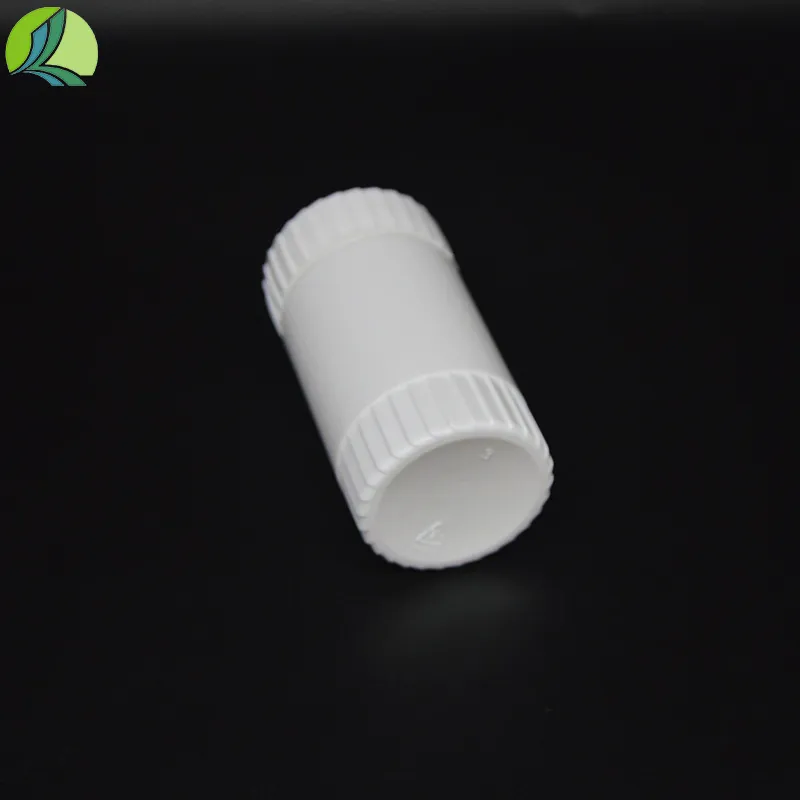plastic petri plates
The Versatility and Advantages of Plastic Petri Plates in Laboratory Settings
Plastic Petri plates, also known as Petri dishes, are fundamental tools in microbiology, cell culture, and various biological research fields. Named after the German bacteriologist Julius Richard Petri, these shallow, circular dishes have become an essential component of laboratory practice. The convenience, versatility, and cost-effectiveness of plastic Petri plates make them a preferred choice for researchers and scientists around the world.
One of the primary advantages of plastic Petri plates is their lightweight and break-resistant design. Unlike glass dishes, which can shatter easily and pose safety risks in laboratory environments, plastic plates are made from durable materials such as polystyrene or polycarbonate. This durability not only enhances safety but also reduces the risk of contamination in experiments. Researchers can handle these dishes with ease, ensuring a smoother workflow and more efficient lab practices.
The Versatility and Advantages of Plastic Petri Plates in Laboratory Settings
Another significant benefit of plastic Petri plates is their compatibility with a variety of growth media. Whether researchers are cultivating bacteria, fungi, or cells, these plates can be easily filled with agar media or other culture substrates tailored to the organisms being studied. Modern plastic Petri dishes are often pre-sterilized, reducing preparation time and minimizing the risk of contamination. The use of pre-sterilized dishes has revolutionized laboratory practices, enabling researchers to focus more on their experiments rather than on time-consuming sterilization processes.
plastic petri plates

In recent years, advancements in plastic technology have led to the development of disposable Petri plates, which are designed for one-time use. This innovation has had a profound impact on laboratory practices, particularly in terms of hygiene and contamination control. Disposable plates can be discarded after each use, eliminating the need for cleaning and sterilization. This not only saves time but also significantly reduces the risk of cross-contamination between different cultures, ensuring more accurate and reliable experimental results.
Moreover, the environmental impact of plastic Petri plates has also garnered attention. While traditional plastic materials are often criticized for contributing to pollution, many manufacturers are now producing bio-based alternatives that are more environmentally friendly. These innovative solutions aim to balance the practical benefits of plastic with the need to protect our planet, showcasing a growing trend towards sustainability in laboratory practices.
Despite the numerous advantages of plastic Petri plates, it's essential to handle them with care. Researchers should ensure that they maintain clean lab environments and follow strict aseptic techniques to prevent contamination. Additionally, proper disposal methods must be adopted to mitigate the ecological impact of single-use plastics.
In conclusion, plastic Petri plates are invaluable tools in the scientific community, offering a myriad of benefits that facilitate research and experimentation. Their lightweight and durable construction, along with their compatibility with various growth media, make them an essential resource for microbiologists, cell biologists, and other life scientists. As the industry continues to innovate, addressing both functionality and environmental concerns, the future of plastic Petri plates looks promising. By embracing these developments, researchers can continue to advance our understanding of microbial life and contribute to scientific progress in a sustainable manner.
-
Aesthetic Makeup Spray Bottles | Fine Mist Empty RefillableNewsAug.19,2025
-
White Plastic Veterinary Vaccine Vials | Lab Liquid BottlesNewsAug.18,2025
-
Plastic Medicine Liquid Bottle: Secure Flip Top Drug VialsNewsAug.17,2025
-
Durable 250ml Blue Plastic Vaccine Vial for Lab & Vet UseNewsAug.16,2025
-
Sterile Virus Sample Tubes: Secure & Reliable Specimen CollectionNewsAug.15,2025
-
White 250ml Plastic Vaccine Vial for Lab & Vet MedicineNewsAug.14,2025
























